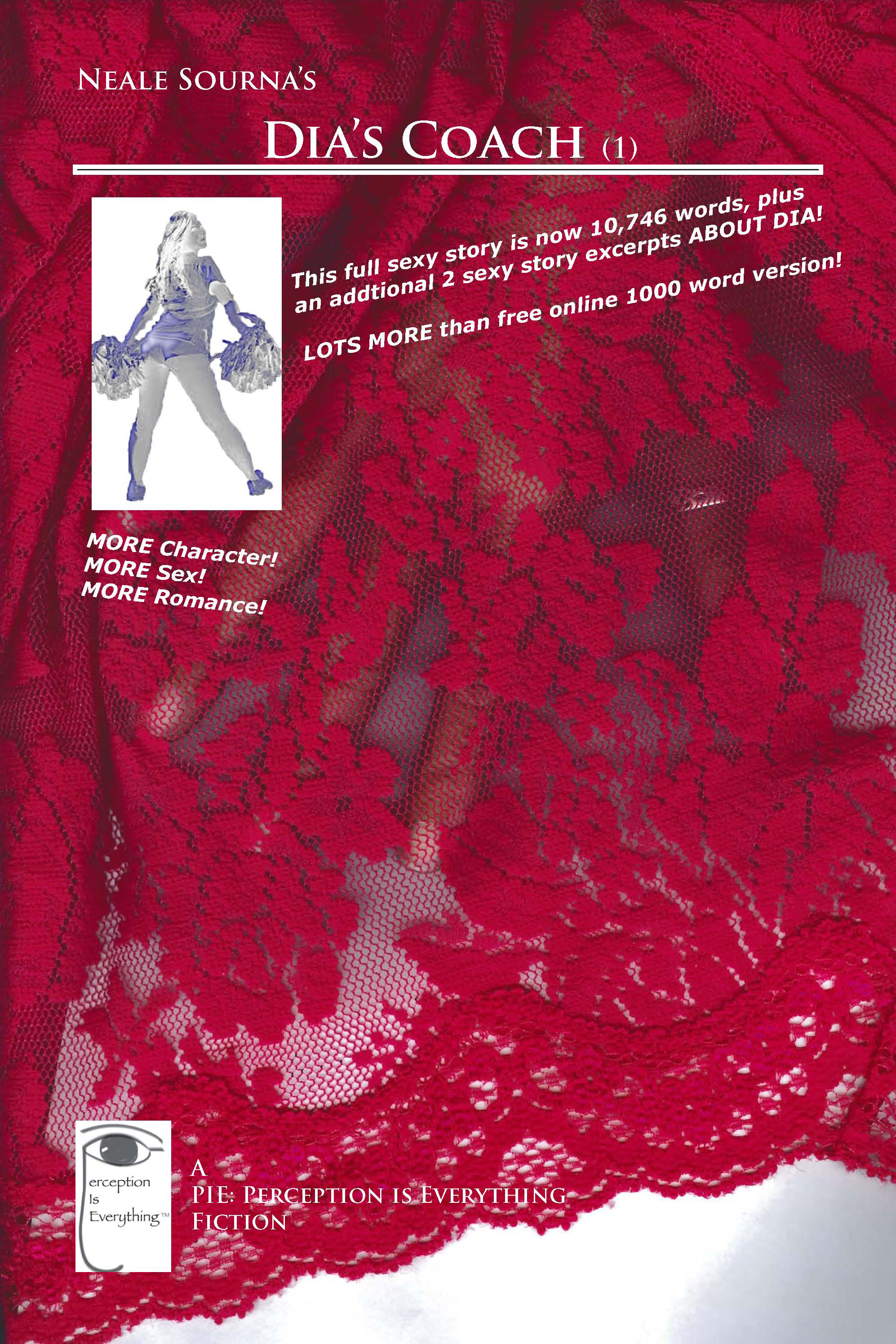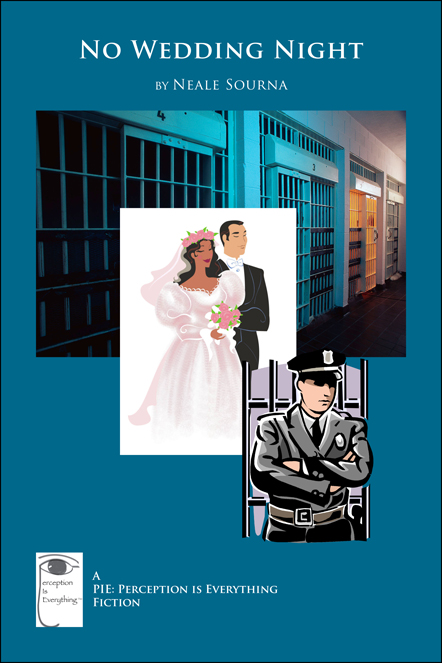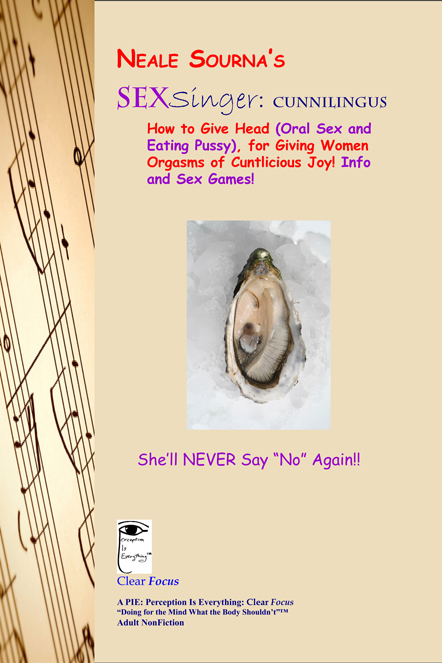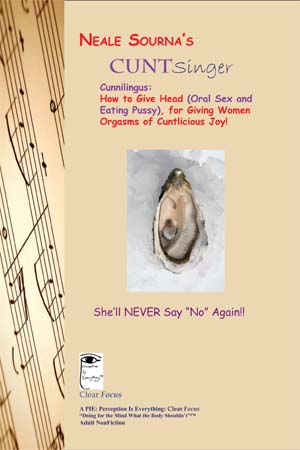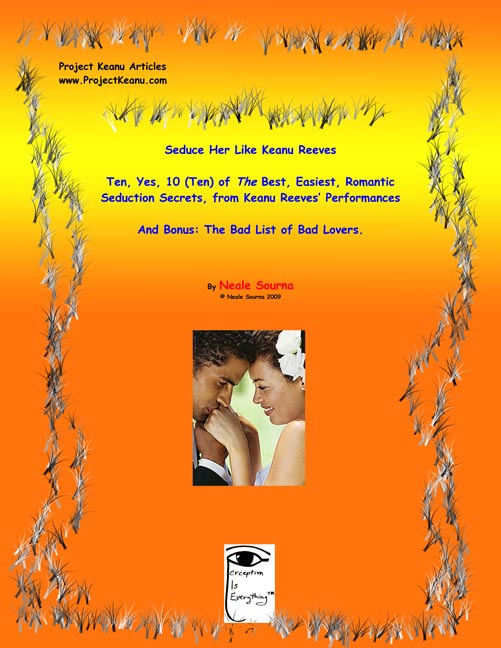On writing, erotica, character, soul stealers, philosophies, sensualities, and inspirations. And How To, if I can. -- www.Neale-Sourna.com, www.PIE-Percept.com, http://www.ProjectKeanu.com, www.AuthorsDen.com/nealesourna, www.CafeShops.com/NealeSourna, & www.Writing-Naked.com, www.CuntSinger.com
Friday, June 15, 2012
Erotica Writing Tips: Sex Tips from Girls Who Get Paid For It: (Legal) Prostitutes at the Bunny Ranch Tell All! Read More http://www.ivillage.com/sex
10 Tips to Finish Writing Your Book Posted by Sherrie Wilkolaski
by Karen Hodges Miller
 A recent survey showed over 80% of Americans would like to write a book – but most never will.
A recent survey showed over 80% of Americans would like to write a book – but most never will.
In fact, in my experience, of that 80% who WANT to write a book, only about ten percent will ever start – and only about one percent of those who start will finish! After years of helping writers to complete their books, I’ve learned that the best way to finish is to schedule two to three two-hour blocks of time each week to work on it.
Think you don’t have that time? Here are a few tried and true techniques to help you find it.
1. Develop Your Vision. Why do you want to write a book? What do you want your book to do for you? There are as many possible answers to these questions as there are books and authors. You may want your book to inspire others, to help you build a business, to build your reputation as a writer, or all of the above. There is no wrong answer, only your answer.
2. Don’t Wait for Inspiration. How often have you said, “I’ll start writing my book when …” You are waiting for that special moment when time, energy and inspiration all come together. It may be when your kids are in school, the week they are in camp, or when you quit your job. But somehow, whenever those moments do arrive, something else always fills your time. There are clothes to wash, appointments to make, meetings to attend, and a host of other excuses. But if you are going to finish your book you must schedule regular writing time every week – and then make that time sacred.
3. Write About Your Passion. If you are not passionate about the subject of your book you are not going to want to spend the time needed to write it. Writing is hard work. There are times when you will have to give up evenings or weekends or Saturday afternoons to work on your book. Just because dozens of people have told you that you ought to write a book on a certain subject, doesn’t mean you should. If you don’t love it, find another topic!
4. Set Your Goals. A book is a big project. You can’t finish your book in one afternoon, or even one month. So set some goals for yourself. “At the end of one month I will have completed my outline.” “I will write one chapter per week.” “I will finish my books in six months.” Make sure your goals are realistic – then stick to them.
5. Give Yourself Rewards. Now that you’ve set your goals, reward yourself when you accomplish them. It works for your kids, why shouldn’t it work for you? Set small rewards for small goals – a relaxing cup of tea for finishing 1,000 words, for example. Set larger rewards for larger goals – a night of fun with your favorite video, popcorn and some friends to share it, for completing a chapter. And don’t forget to set a really nice reward for actually finishing your book!
6. Manage Priorities, Not Time. Make a list of your priorities, then divide these tasks into four categories: Urgent and Important, Urgent and Unimportant, Not Urgent and Important, Not Urgent and Unimportant. For example, a ringing phone urgently pleads for your attention, but is often unimportant. The two hours you block twice a week to work on your book are important but not urgent, so it’s easy to let something else slide into that time slot. How much of your time is spent on urgent but unimportant activities? Using this quadrant will help you see just how you are using your time.
7. Block Your Time. Now that you know what your most important priorities are, take out your calendar and start blocking in times. Block out the time spent on running errands, attending meetings, taking kids to activities. What time is left? Can you find two or three two-hour periods each week to work on your book? Once you’ve blocked them, make them sacrosanct. Only real emergencies should keep you from working on your book in those time periods.
8. Find the Right Place to Write. Writing takes concentration. You really cannot do your best work in the middle of the family room with the TV blaring and kids running around. Find a quiet corner where you can keep your work organized and easily accessible. Even if you live in a small apartment, make yourself a comfy corner where you can work without distraction.
9. Find an Accountability Partner. An accountability partner is someone who supports/nudges/nags you into completing a difficult project. Accountability partners can be used for everything from weight loss and exercise to writing your book. The relationship works best if each person has the opportunity to be both the nagged and the nagger. If the deal is only one way, it can devolve into something uncomfortably like the relationship between a parent and teenager – and that’s a good way to ruin a friendship. Both people don’t have to be working on the same thing, although that can be helpful. Just make sure that you and your partner have clear rules about the structure and type of nagging that will occur.
10. Why projects fail is failure to start. What’s the number one reason why projects fail? Failure to start. So pick a topic. Pick a time. Pick a place. Pick up a pencil. Pick out a file name for your new document. And write.
While over 80% of Americans say they want to write a book, most never will. Karen Hodges Miller offers her 25-plus years of experience as writer, editor and publisher to entrepreneurial authors who want to realize that dream. She holds a variety of workshops and seminars each year on book writing, publishing and marketing.Karen’s experience as a freelance business reporter gives her a fresh outlook on the creative world of writers and the practical world of business owners. As founder of Open Door PublicationsSM LLC Karen has helped dozens of authors bring their own ideas to market; the company published almost two dozen books since 2006. Karen began authoring her own series of books for authors in 2010.
“Finish Your Book! A Time Management Guide for Writers” is a practical and inspirational guide for the busy writer who must find time to write while juggling a business and personal life. “Sell Your Book, Think Outside the Bookstore,” to be published in April 2011, includes over 100 practical, specific tips for book marketing along with interviews with a variety of nationally-known publishing and marketing experts. Learn more about Karen at www.OpenDoorPublications.com
from Infinity's Blog for Authors and Writers
Infinity Publishing's blog covers all areas of independent publishing including self-publishing, book marketing, print-on-demand, eBooks, distribution, and more!
SUMMER READING, Sexy, Romantic, Erotic Stories by Neale Sourna
Listing of books, ebooks, short stories, excerpts, novels and more, like games, poems, scripts/screenplays (still adding material)
| PIE: Perception Is Everything
medium and hard erotica / sensual romance / romantic erotica | PIE: Perception Is Everything's Soft Focus -- our softcore line --[sensuality is PG13, Soft R] soft erotica / sensual romance / romantic erotica and general fiction | PIE: Perception Is Everything's Clear Focus
nonfiction (sexuality, romance, lovemaking) |
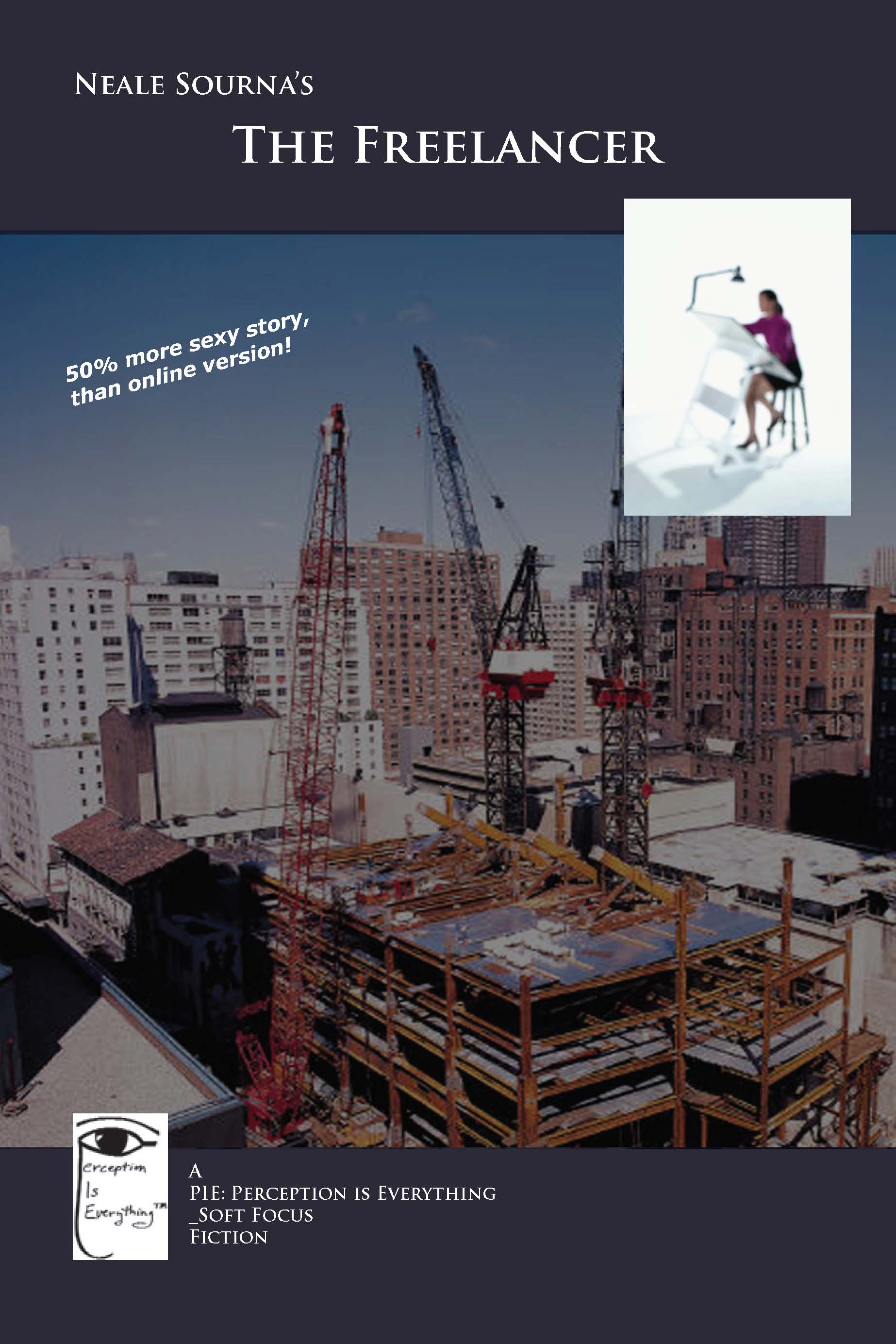 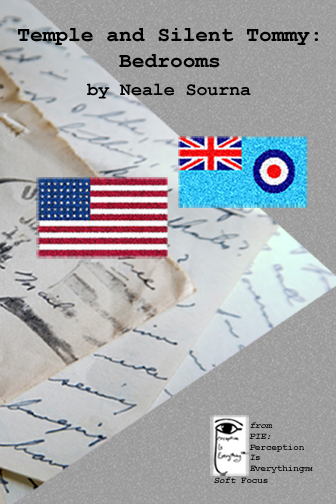 |
Listing of books, ebooks, short stories, excerpts, novels and more, like games, poems, scripts/screenplays (still adding material)
by author Neale Sourna
Tuesday, June 05, 2012
Character: The 10 Most Dangerous Jobs in the U.S. By Travers Korch | Bankrate.com
According to the Bureau of Labor Statistics' most recent figures, there were 4,547 fatal occupational injuries in 2010, or four fewer than reported in 2009. The majority of these injuries occur in a handful of sectors representing the most dangerous ways to earn a living in the country.
But for the rest of us, we all know that getting a paper cut right where your finger bends is still pretty terrible.
Job: Fishing

Photo: Fotolia.com
Risk factors: The producers of "Deadliest Catch" don't need to create much artificial drama, as fishers and fishing workers have -- on average -- the most dangerous jobs in the country. Malfunctioning gear, inclement weather and transportation incidents all factor into the fact that this profession has the country's highest fatality rate, a distinction it has held since 1992.
Fatality rate: 116 per 100,000 workers; 29 total
Average annual salary: $25,590
Job: Logging workers
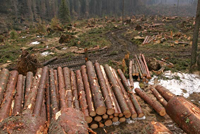
Photo: Fotolia.com
Risk factors: Total logging fatalities in the U.S. increased from 36 in 2009 to 59 in 2010, with more than half of the incidents resulting from being struck by an object. Dangers abound when you spend most of your days outside with heavy machinery, frequently bad weather and occasional high altitudes.
Fatality rate: 91.9 per 100,000 workers; 59 total
Average annual salary: $32,870
Job: Aircraft pilots and flight engineers

Photo: Fotolia.com
Risk factors: Though pilots are often financially compensated for the inherent dangers and responsibilities of their jobs, no amount of money can change the fact that it's a long way down. It's no surprise transportation accidents, including crashes, were a leading factor in the rate.
Fatality rate: 70.6 per 100,000 workers; 78 total
Average annual salary: $118,070 for airline pilots and $76,050 for commercial pilots
Job: Farmers and ranchers

Photo: Fotolia.com
Risk factors: Working the land may be one of the oldest professions, but new efficient technology has done little to make the job any safer. Long hours and close, consistent contact with heavy machinery and equipment represent the bulk of injuries and fatalities on the job, which is largely represented by transportation incidents.
Fatality rate: 41.4 per 100,000 workers; 300 total
Average annual salary: $60,750
Job: Mining

Photo: Fotolia.com
Risk factors: Heavy machinery, close quarters and explosive materials all play into mining's high fatality rate, which took into account the 2010 incidents of the Deepwater Horizon oil rig and the Upper Big Branch Mine in West Virginia. Mining machine operators have an even higher rate, at 38.7 per 100,000 workers, or 23 fatalities in total.
Fatality rate: 19.9 per 100,000 workers; 172 total
Average annual salary: $37,230 to $89,440
Job: Roofers

Photo: Fotolia.com
Risk factors: It doesn't take a history in roofing to know the biggest danger is not a sunburn or a hammered finger. Falls are the leading culprit in fatal injuries, while other nonfatal injuries such as fractures make general construction work among the most injury-prone jobs.
Fatality rate: 32.4 per 100,000 workers; 57 total
Average annual salary: $34,220
Job: Refuse and recyclable material collectors
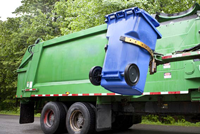
Photo: Fotolia.com
Risk factors: Trash and recyclable collectors don't get enough credit for maintaining order in society. Trash collector strikes are never a pretty thing and neither is the high fatality rate, which is mostly due to transportation incidents. It also was the fourth most dangerous occupation for nonfatal injuries, primarily lacerations.
Fatality rate: 29.8 per 100,000 workers; 26 total
Average annual salary: $34,420
Job: Truck drivers

Photo: Fotolia.com
Risk factors: Incredibly long hours and quick turnarounds complicate an already dangerous situation with a truck of up to 40 tons in highway settings. Highway crashes are the leading cause. Overexertion (23 percent of reported nonfatal injuries) from long-term poor posture contributes to additional health problems.
Fatality rate: 21.8 per 100,000 workers; 683 total
Average annual salary: $37,930 for heavy truck drivers and $29,080 for light truck drivers
Job: Stuntman

Photo: Fotolia.com
Risk factors: Even with the increased use of computer-generated images, or CGI, in movies, the job is still regarded as one of the most dangerous in the country due to long hours and the obvious dangers of their stunts. Last summer, a stuntman on the set of "The Hangover Part II" allegedly suffered severe brain injuries after an accident on set.
Fatality rate: The last available figures reflected 2.5 fatalities per 1,000 stunt workers.
Average annual salary: $70,000
Job: Police and sheriff's patrol officers

Photo: Fotolia.com
Risk factors: Law enforcement certainly has the figures to support the presumption of danger, as 134 police and sheriff's patrol officers lost their lives on the job in 2010, a 40 percent increase over 2009. Fifty-seven of the incidents were highway accidents, while 48 were reported as homicides. It also has the second-highest nonfatal injury rate.
Fatality rate: 18 per 100,000 workers; 133 total
Average annual salary: $56,250
Source: U.S. Bureau of Labor Statistics.
Monday, June 04, 2012
Character: What Makes 'That Loving Feeling'? By Lara Salahi | ABC News
Ever wonder why brushing hands with your crush feels like a slow-motion caress, while that same brush of the hand by a bad date feels like a mistake?
Neuroscientists at California Institute of Technology say the reason the same touch can be both attractive and repulsive may lie in the way the brain registers it.
In their study published Monday in the Proceedings of the National Academy of Sciences, the researchers used functional magnetic resonance imaging to monitor the brain activity of 18 straight men as a female research participant gently stroked their legs.
The men could not see the woman. Although the same woman caressed their legs, the first time the men were told an attractive woman was caressing them, and the second time they were told it was a man. Before each part of the experiment, they were shown a video of how to visualize the person caressing their leg, although, unknown to the participants, the image was not true to the actual person.
The researchers found that although the same person was giving the caresses, a part of the midsection of the brain called the primary somatosensory cortex became more active when the men believed an attractive woman was touching them as opposed to a man.
"Intuitively, we all believe that when we are touched by someone, we first objectively perceive the physical properties of the touch - its speed, its gentleness, the roughness of the skin," said Valerie Gazzola, a co-author of the study. "Only thereafter, in a separate, second step based on who touched us, do we believe we value this touch more or less."
But the findings suggest that the primary somatosensory cortex is less objective than previously believed, and that the two parts to processing touch - one of understanding the physical component, and the other of assigning emotion to it - may not necessarily be true, Gazzola said.
The primary somatosensory cortex is thought to represent how touch feels on the skin, but the findings suggest that its activity is modified by what the participant thought of the caresser, according to Ralph Adolphs, a professor of psychology and neuroscience at Caltech and director of the Caltech Brain Imaging Center, where the experiment was carried out.
"We see responses in a part of the brain thought to process only basic touch that were elicited entirely by the emotional significance of social touch prior to the touch itself, simply in anticipation of the caress that our participants would receive," said Adolphs.
These initial findings with only a small number of participants may not apply in a larger group. The researchers plan to test whether women's brains would respond the same way as men's did , and whether the brain would respond the same way across different sexual orientations.
"Nothing in our brain is truly objective," said Christian Keysers, a co-author of the study. "Our perception is deeply and pervasively shaped by how we feel about the things we perceive."
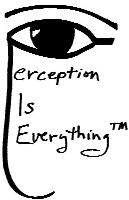
![Hobble [An Adult Fiction] by Neale Sourna (novel ebook cover)](http://www.neale-sourna.com/images/HOBBLE-w-cc.jpg) _
_![Hobble [An Adult Fiction] by Neale Sourna [print book cover]](http://www.neale-sourna.com/images/Hobble-075.jpg)
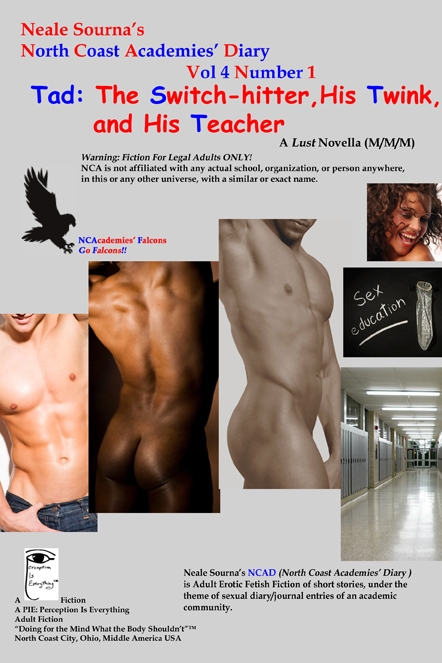 _
_